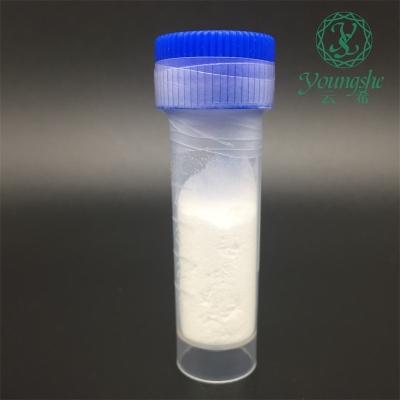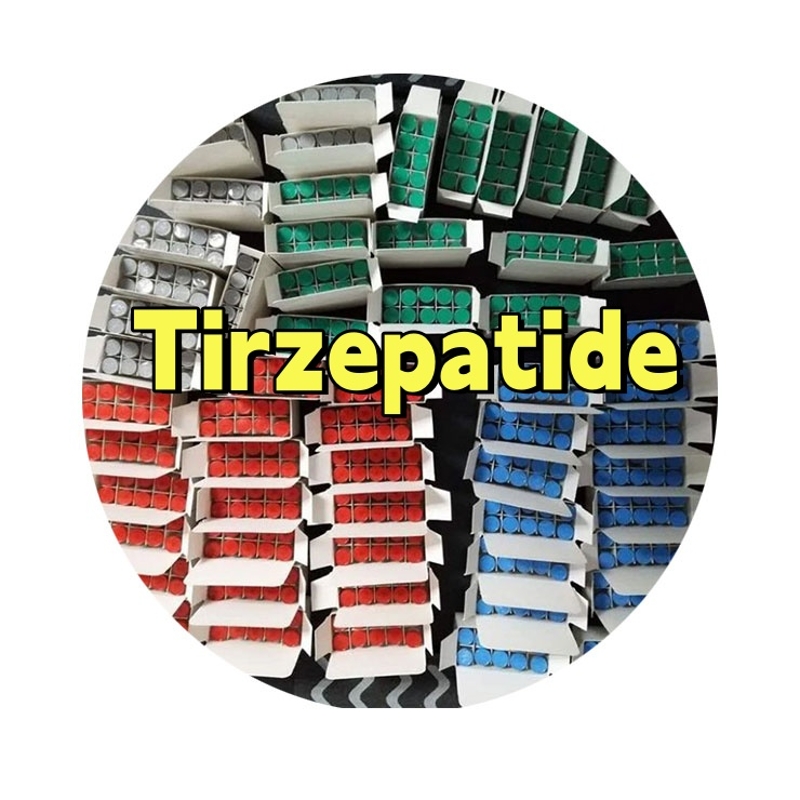What is peptide? Definition and classification of peptides
-
Last Update: 2019-08-13
-
Source: Internet
-
Author: User
Search more information of high quality chemicals, good prices and reliable suppliers, visit
www.echemi.com
Peptide is a relatively new concept for most people In fact, almost all cells in our body are regulated by peptides, which involve hormones, nerves, cell growth and reproduction Scientists have confirmed that the occurrence, development, treatment and rehabilitation of all diseases are related to peptides What is peptide? As we all know, protein is one of the most important organic substances in cell structure Protein is the scaffold and main substance of human tissue and organ, which plays an important role in human life activities It can be said that protein is the material basis of life Without protein, there is no life Amino acids are the basic components of proteins All living things, from the simplest viruses to the most advanced humans, are made up of the same 20 amino acids Protein is a kind of high molecular compound which is composed of a polypeptide chain formed by a certain sequence of α - amino acids, and then one or more polypeptide chains combined in a specific way The amino acid sequences of proteins are encoded by corresponding genes In addition to the 20 basic amino acids encoded by the genetic code, some amino acid residues in proteins can also be modified after translation to change their chemical structure, thus activating or regulating proteins The difference of different proteins lies in the variety, number, sequence and spatial structure of peptide chain Modern biology has found a kind of intermediate material different from protein in the study of protein This kind of biochemical substance between amino acids and proteins is called peptide, which is smaller than protein molecular weight and larger than amino acids molecular weight, and is a segment of protein Peptide is a compound formed by two or more α - amino acids linked together by peptide bond Generally, the peptides formed by dehydration and condensation of two or three amino acids are called two or three peptides respectively, and so on Generally speaking, according to the number of amino acids, those with the number of amino acids in the peptide chain less than 2-10 are oligopeptides, among which those consisting of 2-4 amino acids are called small peptides, those consisting of 10-50 amino acids are called polypeptides, and those consisting of more than 50 amino acids are called proteins Here are a few peptides (1) Small molecule peptide Small peptide, also known as oligopeptide, or oligopeptide, is generally composed of 2-10 amino acids It has many unique biological activities, is a functional segment of protein structure, and has important physiological functions in vivo Small peptide can mediate the interaction between cell and cell, protein and protein, cell and protein and other non peptide drugs, protein regulatory factors and gene expression Therefore, although small peptide is less in the body, it has strong activity and great function It is a participant or regulator in all life processes such as cell differentiation, recognition, immunity, stress, aging and molecular evolution Small molecular peptide has the characteristics of small molecular weight, strong tissue penetration, good solubility, high stability, ideal for oral or injection administration, large-scale preparation and low immunogenicity (2) Bioactive peptide There are natural peptide molecules in the body, which are indispensable for the normal life activities of the body These peptide molecules involved in the physiological activities of the body are called bioactive peptides, or bioactive peptides for short Bioactive peptides are composed of amino acids in different composition and arrangement They are the general name of different peptides from 2-peptide to complex linear and circular structure Amino acids, as the basic unit of peptide, determine the complex biological structure and function of peptides due to their different kinds, numbers and order These peptides can be activated by phosphorylation, glycosylation or acylation and play an important role in physiological and metabolic regulation Generally, according to the different sources of peptide compounds, they can be divided into endogenous peptide and exogenous peptide (3) Endogenous peptide Endogenous peptide, as the name implies, refers to the active peptide derived from the organism itself, which is characterized by a small amount in the body, a strong effect and a wide distribution There are hundreds of endogenous peptides in the human body, especially in the brain, such as neuropeptide, enkephalin, gastrointestinal peptide, thymosin, etc it involves in various fields of human hormone, nerve, cell growth and reproduction Its importance lies in regulating the physiological functions of various systems and cells in the body (4) Exogenous peptide Exogenous peptide refers to the peptide material outside the human body, that is, the natural peptide material existing in the body of natural animals, plants and microorganisms, as well as the peptide material produced after degradation of animal and plant proteins Those peptides, which are directly or indirectly derived from animal food or plant food proteins, are also known as food derived peptides Exogenous active peptides are released in the process of protein digestion They are directly combined with intestinal receptors to participate in the physiological regulation of the body or absorbed into human blood circulation, so as to play the same function as endogenous active peptides For example, when a person reaches the age of 25, the human body cannot synthesize thymosin At this time, exogenous peptide can replace thymosin, so as to make up for the polypeptide hormone in the body, strengthen the immune function and activate immune cells, and make the human body produce antibodies Endogenous and exogenous bioactive peptides provide a huge treasure house of natural resources for peptide drug research and development Taking endogenous or exogenous bioactive peptides as the lead is one of the shortcut for new drug research and development, which provides a broad world for pharmaceutical researchers (5) Complex small molecule peptide Compound small molecule peptide is a mixture of small molecule peptide and amino acid rich in different molecular weight, which is produced from natural animal and plant protein by acid-base hydrolysis or enzymatic hydrolysis The compound peptide not only has high nutritional value, but also has a wide range of biological functions.
This article is an English version of an article which is originally in the Chinese language on echemi.com and is provided for information purposes only.
This website makes no representation or warranty of any kind, either expressed or implied, as to the accuracy, completeness ownership or reliability of
the article or any translations thereof. If you have any concerns or complaints relating to the article, please send an email, providing a detailed
description of the concern or complaint, to
service@echemi.com. A staff member will contact you within 5 working days. Once verified, infringing content
will be removed immediately.






